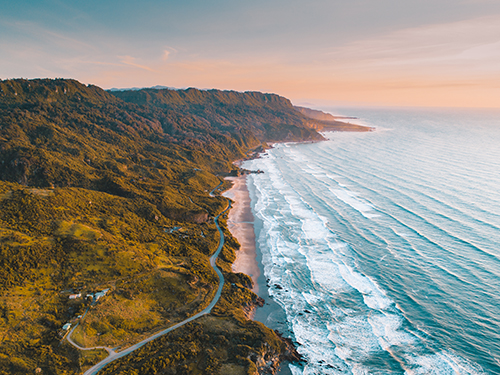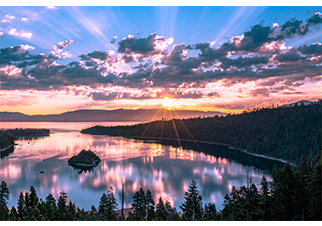-
How did you get into photography being a full time engineer?
I was working as an electrical engineer and looking for a creative outlet everyday after I got off work. Luckily I worked about 15 minutes from the beach in San Diego which made it easy to catch the sunset every day. I’d go for a run, surf, or just shoot almost every day! I was pretty fortunate to start sharing my work on Instagram and before I knew it, people were sharing my sunset shots all throughout Southern California. What started as an after work hobby somehow snowballed into the job I have today doing photo and video projects around the world.
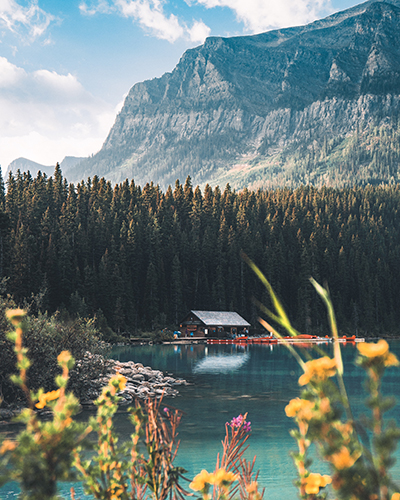
-
Does the engineer in you have an affect on the photography you shoot?
Even though engineering and photography seemingly use different sides of the brain, I’ve always thought there were more parallels than people realized. Looking for angles, lines, and calculating settings and their effects on the picture all require a bit of a technical understanding. One of the things I love most about photography is how everyone views the world differently. Taking photos is my way to share the vibrancy and electric energy I feel each time I visit a location.

-
What are your sources of inspiration?
I’m inspired by the people and landscapes which make each destination unique from one another. When I’m on the beaches at home, there’s a genuine enjoyment amongst the people around me and it’s my job to try to capture that energy in a photo. Same goes for when I travel. I love trying to convey the feeling of the destination through my work. In terms of outside inspiration, I’m drawn to those who have a unique eye. I enjoy following photographers who are able to visit a place I’m familiar with, but through their creative eye capture it in a new way.
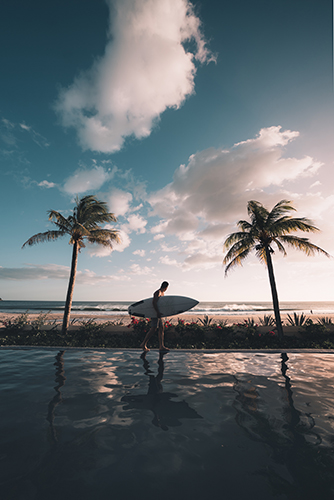
-
As a content creator, how much time you spend on planning, shooting, and editing?
When it comes to planning out pictures, I spend less time than most others in my field. When I’m traveling to a new destination, there’s obviously quite a bit of effort that goes into researching which places to visit and what the best times to go are. When I’m at home, I wing it almost every time. There’s too many variables that I have no control over like surf conditions, changing light, subjects in shots, etc. which make planning a shot not really realistic. I also think the more you plan an exact picture and have expectations for an outcome, the more likely you’re letdown if conditions aren’t how you thought they’d be. I have a really run and gun style. I very rarely shoot with a tripod and I love running around and getting as many different looking pics from a variety of angles as I can. Editing is when I have the real fun. I love pushing the boundary of light and color in my work. I’ve always been drawn to neon colors and trying to recreate that energy in my pictures is always the goal!

-
What are the three new things you learnt in the past year about photography?
I’m always learning new things about photography as I travel. I’ve learned that expectations doom trips. Go in with an open mind and eagerness to explore and you’ll never be letdown! I also learned that the people you surround yourself with are more important than the destination. I’ve had the best times ever in mediocre destinations and conversely trips to bucket list locations that weren’t that fun due to the people on the trip. Always build memories with those you care about! Finally, I learned to be appreciative of where I call home. I’ve been to remote islands and on top of some of the wildest mountains in the world, but I’d still pick a beach day at home with my friends and family.

-
What are the best memories behind some of your favourite photographs?
I love capturing my friends and families in travel photos. Having a person in the scene really helps me remember the people I was able to share my experience with. Sometimes when I’m home and can’t find someone to shoot with, I’ll default to landscape photography. As fun as it is capturing a sunset photo at the beach, I’d much rather grab the pic with a subtle human element to it.

-
In order to be a good travel photographer what are the other areas of knowledgethat are critical apart from photography?
One of the most important things is the ability to be flexible and adapt to changes quickly. Very rarely do trips go exactly as planned. There’s road closures, random thunderstorms, language barriers, and a myriad of other challenges that stand in the way of you and getting the shots you’re hoping for. You have to be able to pivot quickly from original plans and make new ones instantaneously. This all goes back to the important of having fewer expectations and living in the moment.
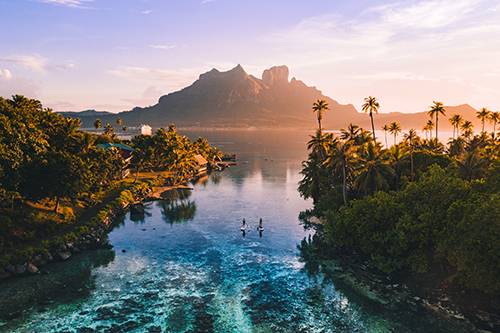
-
What’s the story that you like to communicate with your pictures and how do you get your photographs to do that?
One thing I like to preach is the beauty in each day. Whether it’s a morning walk, taking a break in the middle of the day, or even just catching the sunset after work, I think it’s important to take a few minutes to yourself each day. There’s enough stressful things in life and I don’t think we all take the time to relax and take a deep breath. I try to have my photography be a visual escape for someone having a stressful day. Whether someone scrolls by for a quick second on Instagram or takes a minute to look at the scene, I hope to help people unwind a bit from the business of life and provide inspiration for anyone who needs it. I try to push my edits a bit more surreal to capture this. I emphasize light and color and try to transport someone to a relaxing and dreamy world.
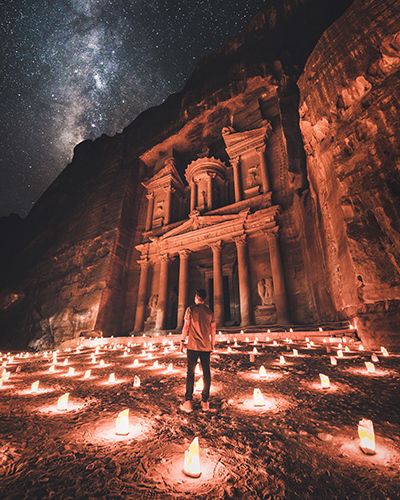
-
What are the top 3 things you look for in a great travel photograph?
I think it’s important to tell a story. Anyone can take a photo, but there a far fewer people who can captivate you with their work and make you think for a second. Building on that point, I look for photos that make me pause. We live in a world of quick attention spans and people scroll so fast through their phones. Photos that make me stop and think are the ones I always come back to. Finally, I look for creativity. Everyone knows the view at Moraine Lake in Banff National Park or Tunnel View in Yosemite National Park. I don’t think people should stop visiting these locations just because they’re overshot but I love it when someone can capture that view in a refreshing and creative way.
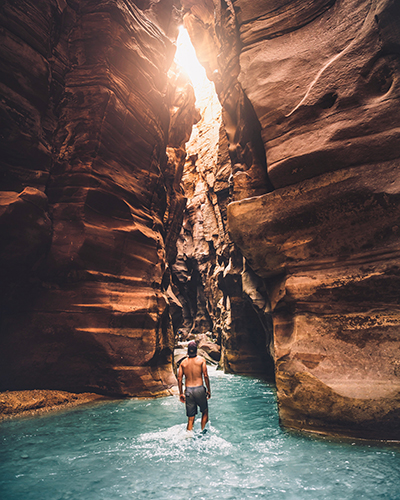
-
What are a few tips you would give someone who wants to pursue travel photography
Start local and grow from there. Your own backyard is a great launching pad into the world. Next, go on road trips with your friends. This is an easy way to break in the feeling of being gone for days and the challenges of travel (keeping gear charged, being adaptable, chasing golden hour, etc.) Once you have a hang of some closer trips, it makes staying organized while traveling internationally that much easier.

-
What is your weapon of choice (Equipment)?
As an engineer, I’m in love with everything Sony does. I think from a product evolution and evolving technology standpoint, they are progressing faster than all their competitors. I shoot with the Sony a7riii and also use the Rx0ii. I mainly shoot with the Sony 24-70mm f2.8 GM lens but also use the 24mm f1.4, 12-24mm f4, 16-35mm f4, and 35mm f1.4. I also use a DJI Mavic Pro 2 for aerial work since the quality you get in that size can’t be beat.
